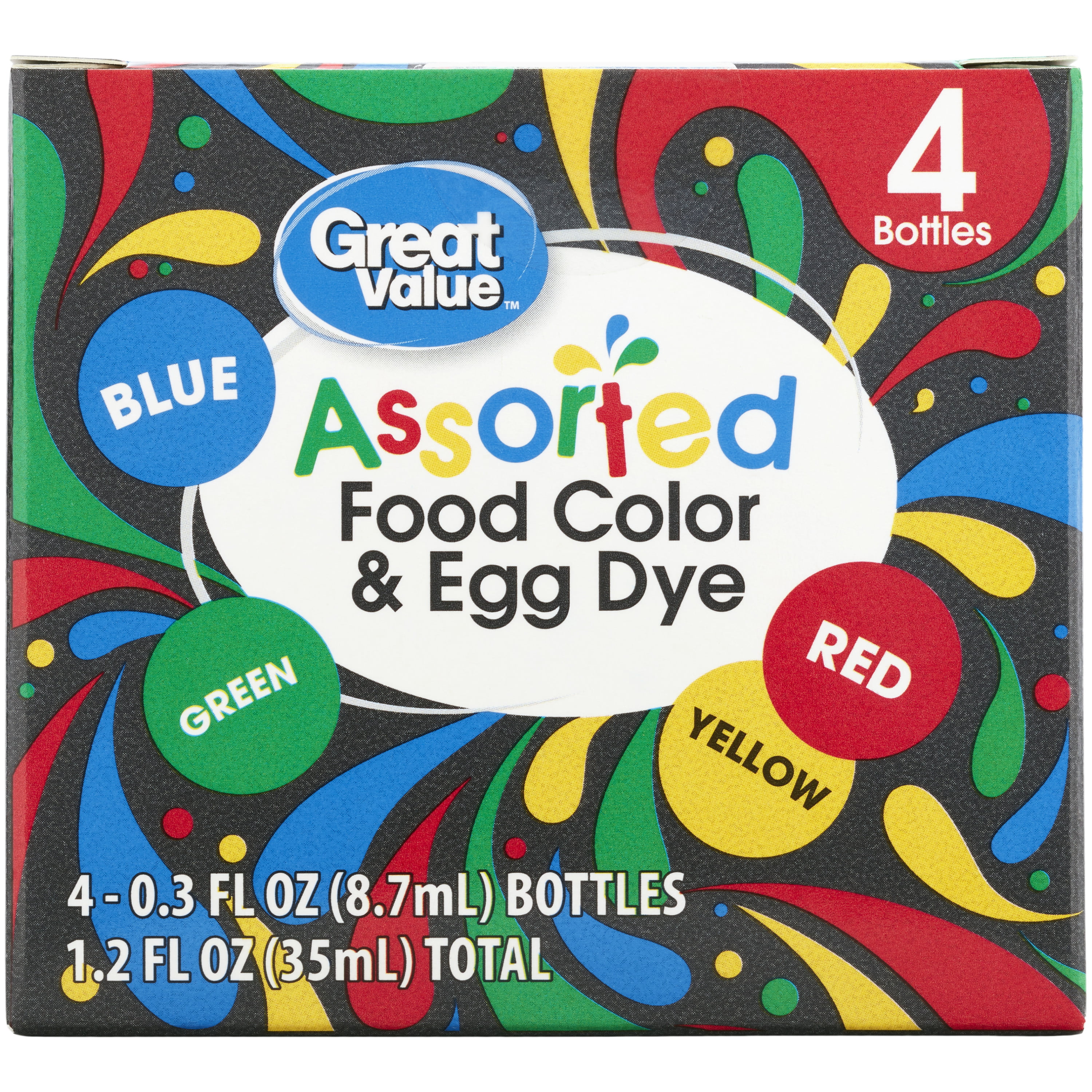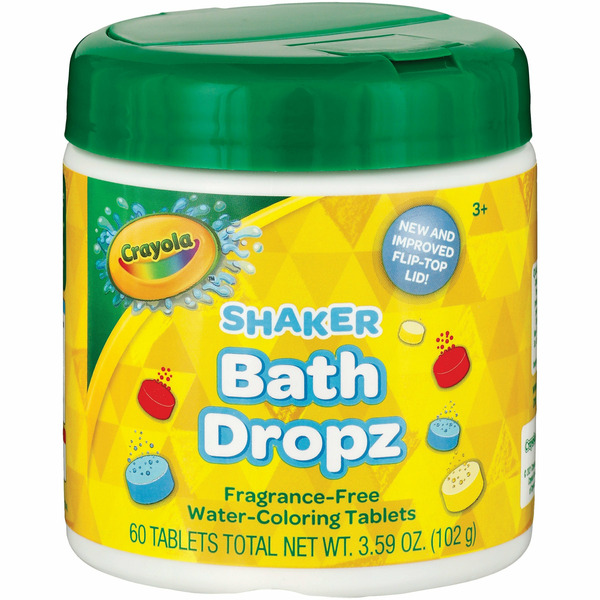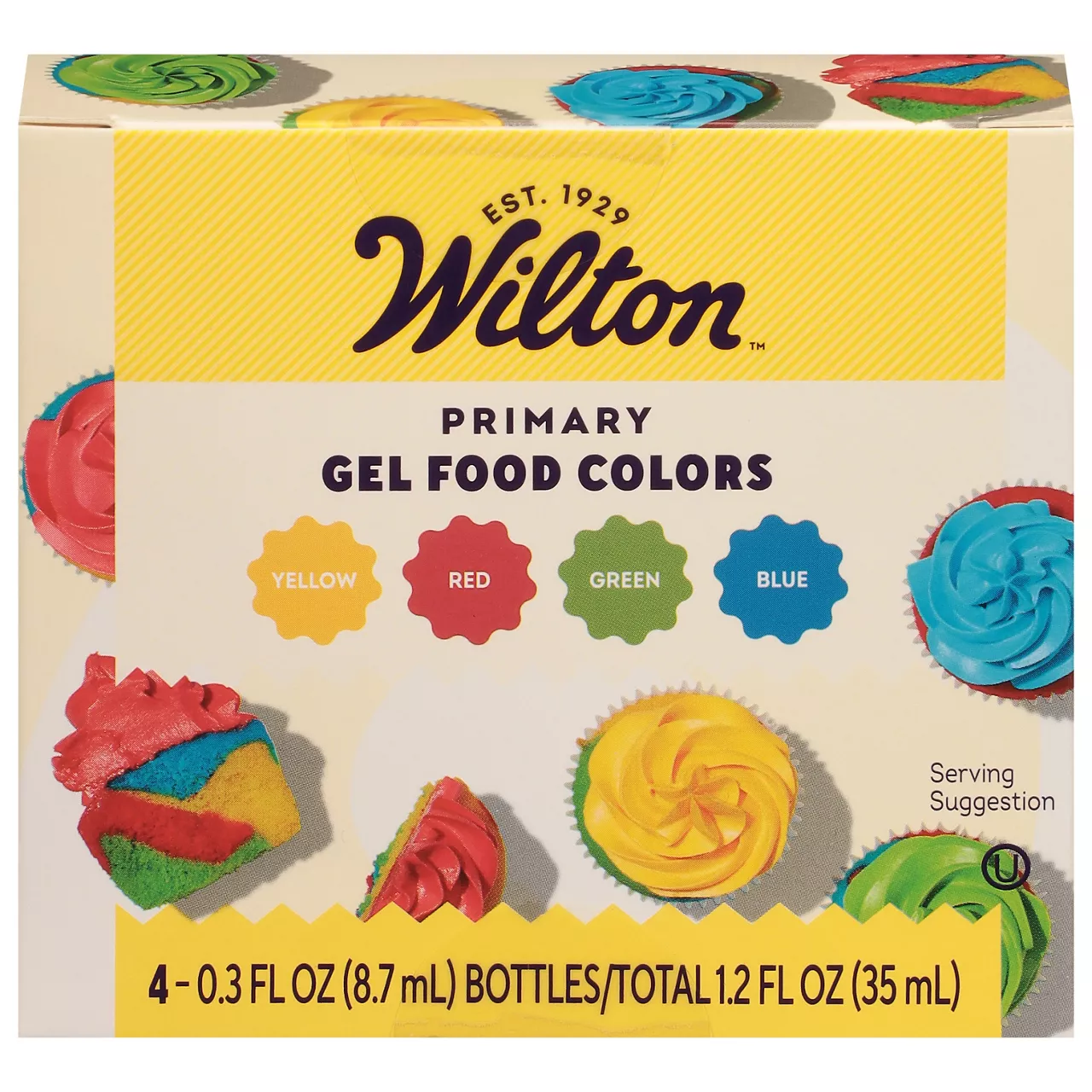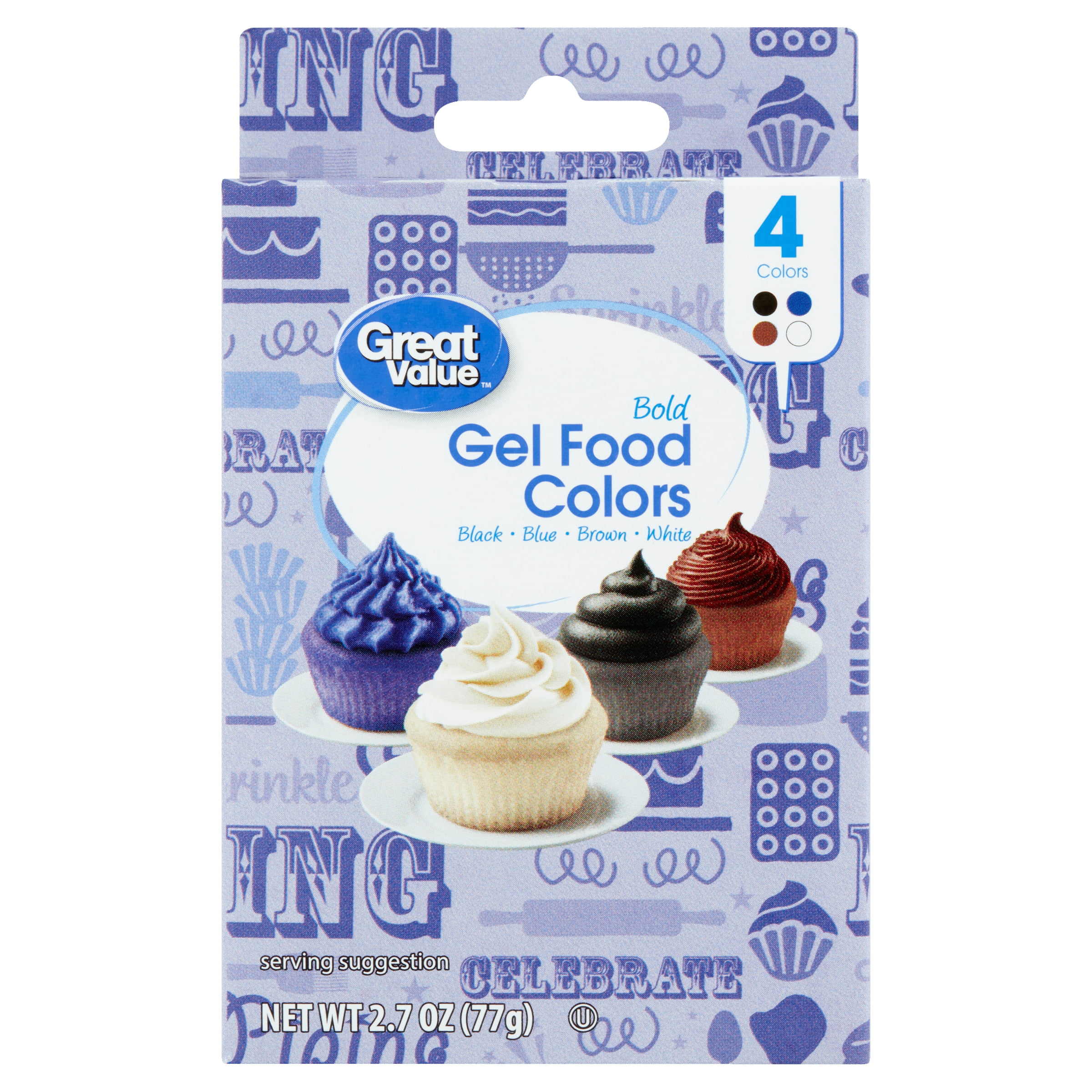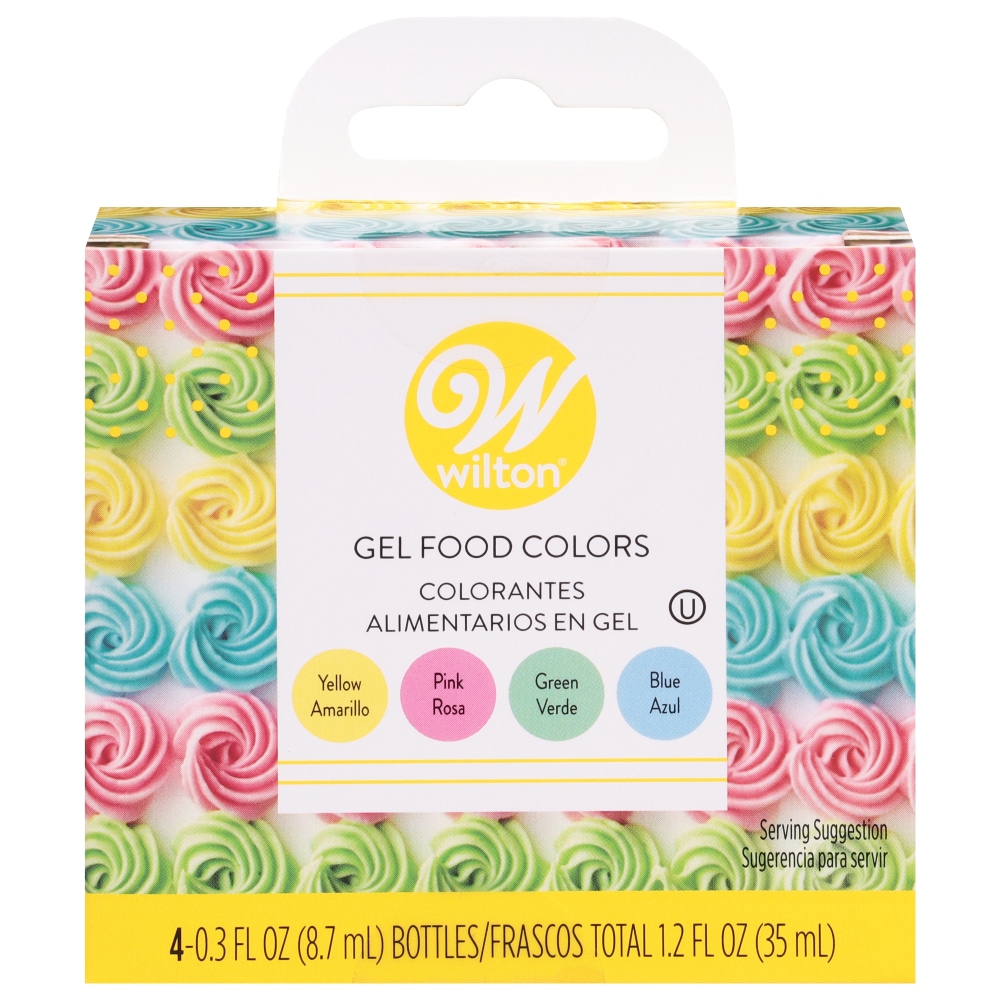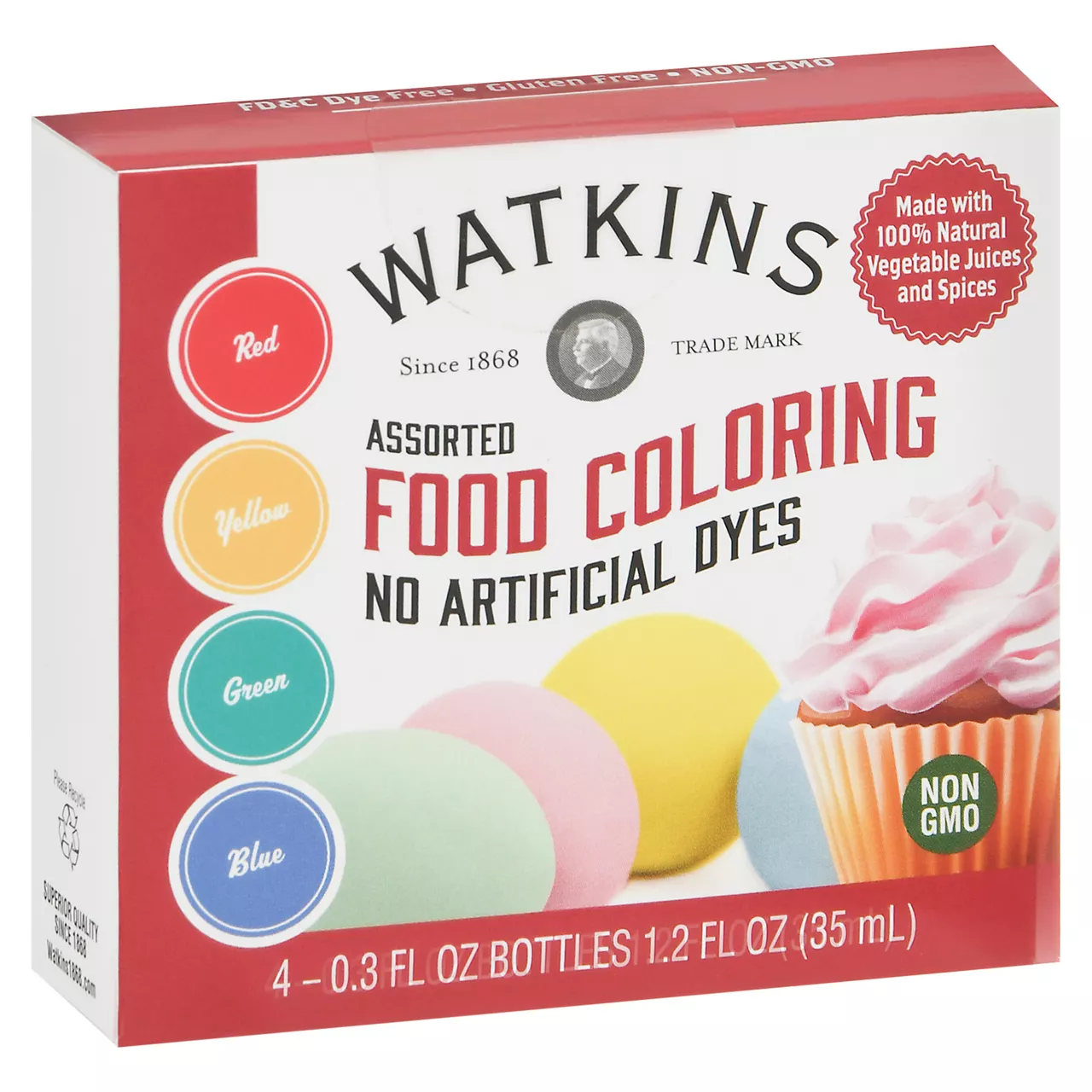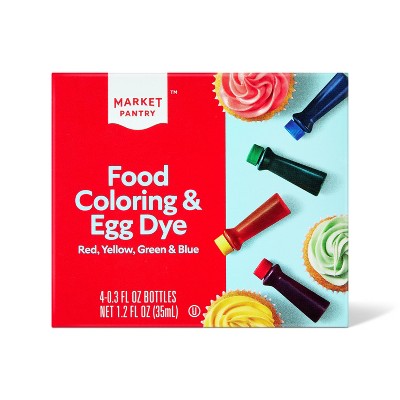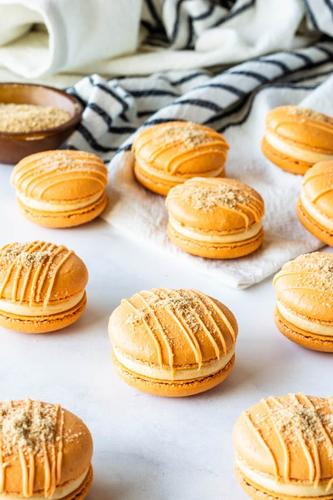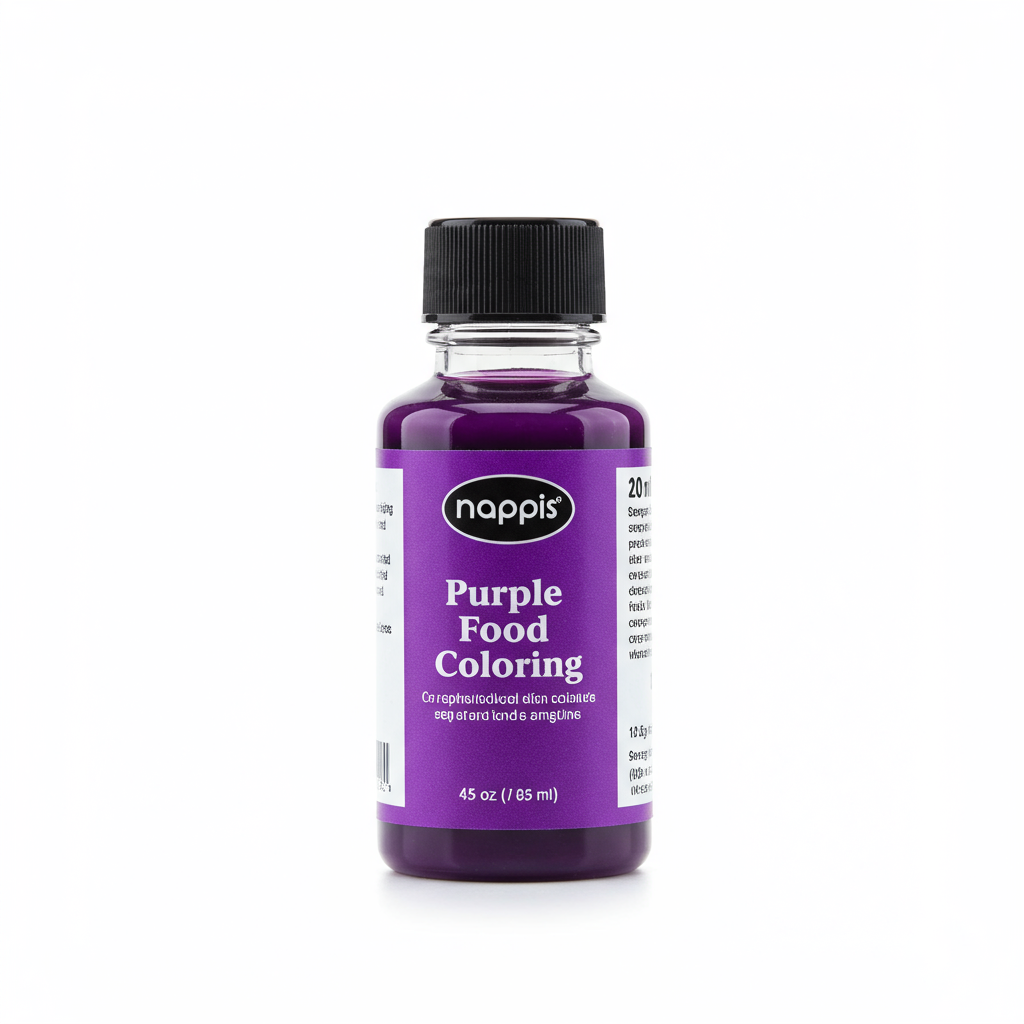DESSERTS
BEVERAGES
Food Coloring
Food coloring, also referred to as food dye or color additive, is a substance used to alter or enhance the appearance of food by adding vibrant color. Food coloring can be found in both liquid and powdered forms and is commonly used in baking, cooking, and drink-making to improve the visual appeal of various dishes and beverages. Widely available in a spectrum of shades, food coloring is a popular choice for home cooks and professionals alike to create eye-catching presentations for their culinary creations.
While the majority of food coloring products are synthetic and petroleum-based, there are natural options available that are derived from plant, animal, or mineral sources. Despite concerns over potential health effects of artificial food dyes, they are generally safe for consumption in moderate amounts, with regulatory bodies such as the FDA overseeing their use. Food coloring not only brings life to desserts such as cakes and cookies, but also enhances everyday dishes, making them even more enjoyable for eaters.
#5
IN FROSTING & DECORATING
$1.45
AVG / OZ
728 Food Coloring Products
Great Value Gel Food Colors, Classic Colors, 2.7 Ounces
McCormick Assorted Food Colors & Egg Dye
Great Value Assorted Food Color & Egg Dye, Blue, Green, Red, Yellow
Crayola Bath Dropz, Color, Tablets
Wilton Red, Yellow, Green and Blue Gel Food Color Set, 4-Count
Great Value Bold Gel Food Colors
Wilton Gel Food Colors
Watkins Food Coloring, Assorted
Food Coloring & Egg Dye 4pk
McCormick Assorted Food Color & Egg Dye
Used In 33 Recipes
Food Coloring Is Frequently Used With
Food Coloring FAQ
When it comes to food coloring, common mistakes often involve using too much or too little of the substance, resulting in either overly vibrant or pale colors. Benefits can be enjoyed by using the proper amount to achieve the desired culinary effects. Moreover, choosing the right type of food coloring for the cooking method and knowing when to add it can significantly improve the final outcome. Lastly, understanding whether to opt for artificial or natural food coloring based on personal or dietary preferences can greatly influence the user's satisfaction.
Interestingly, food coloring can also be used for coloring pasta or rice during cooking, enhancing the color of sauces and gravies, or even creating fun and whimsical cocktails and mocktails. Furthermore, pairing flavors with colors that people traditionally associate them with (like red for strawberry or yellow for lemon) can help enhance diners' experience through visual cues.
How much food coloring should I use?
Can I mix food coloring to create new colors?
When should I add food coloring?
Can I use food coloring in savory dishes?
How can I lighten the color after adding too much food coloring?
Is food coloring safe to consume?
Is there a difference between gel and liquid food coloring?
Can food coloring impact the taste of my food?
Can I use natural food coloring instead of artificial?
Can I color food with everyday kitchen ingredients?
Expiration & Storage Tips
When does food coloring expire?
Food coloring, whether liquid or powdered, doesn't necessarily 'expire' but its potency does decline over time. Unopened, they can last nearly indefinitely. However, once opened, they can last about 2-3 years. Powdered food coloring can also last about 2-4 years. It's important to keep in mind that 'best by' or 'use by' dates often found on packaging are merely guidelines, and the products can often last beyond these dates - though they may lose their effectiveness.
How do you tell if food coloring is bad?
Because food coloring doesn't spoil in the traditional sense, it can be tricky to tell if it's gone bad. If the color looks off or the texture has changed, then it might be time to replace it. Also, if you notice any mold or foul smell in liquid food coloring, discard it immediately. Powdered food coloring getting hard or clumpy is signs it may no longer be good to use.
Tips for storing food coloring to extend shelf life
• Store food coloring in a cool, dry place away from light. This helps preserve its color potency.
• Remember to always reseal the packaging after each use to prevent exposure to air, dust or moisture.
• For liquid food coloring, shaking the bottle before usage can help maintain consistency and ensure even color distribution.
• Unless specifically mentioned on the packaging, food coloring doesn't need to be refrigerated.
• Keep different colors separate to avoid accidental color mixing.
• Use clean utensils when handling food coloring to prevent cross-contamination with other food products.
EXPIRES WITHIN
27 - 27.4
YEARS
Equivalents
Substitutes
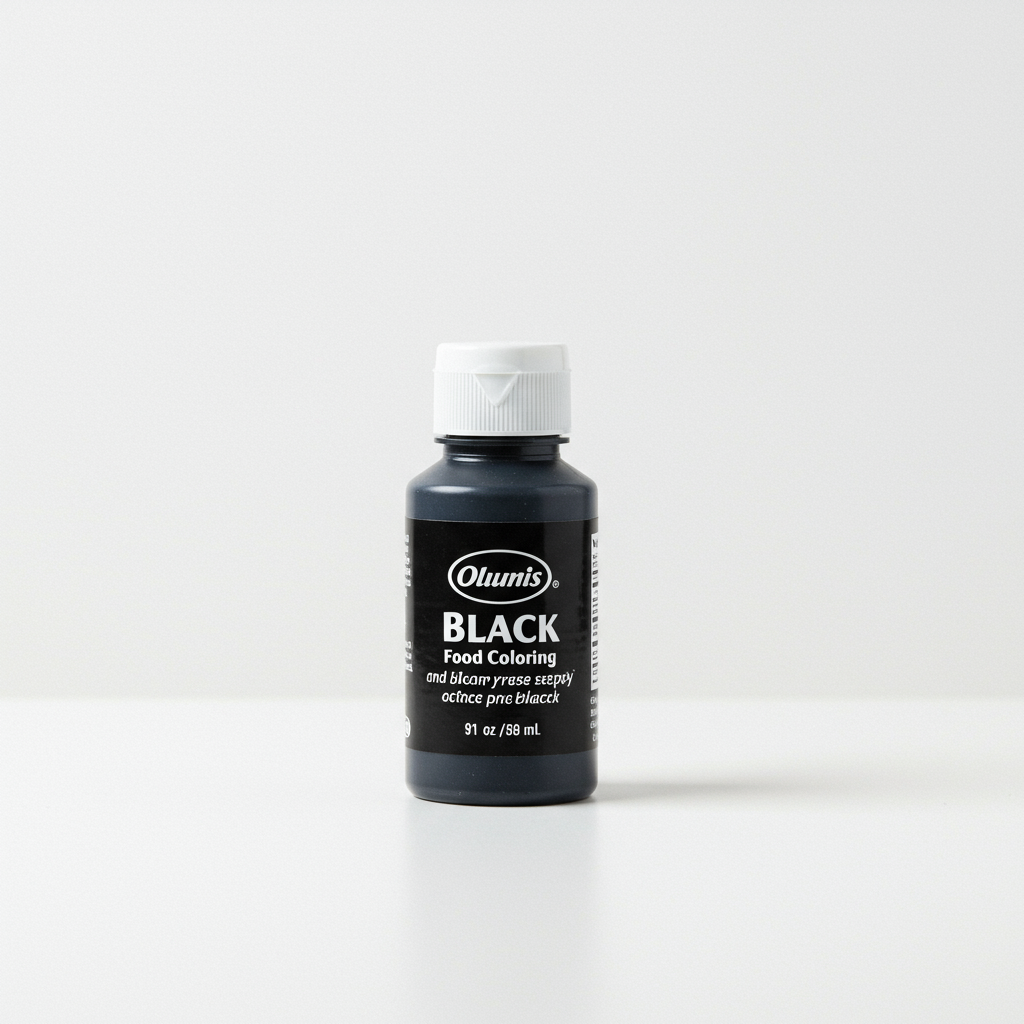
Black Food Coloring
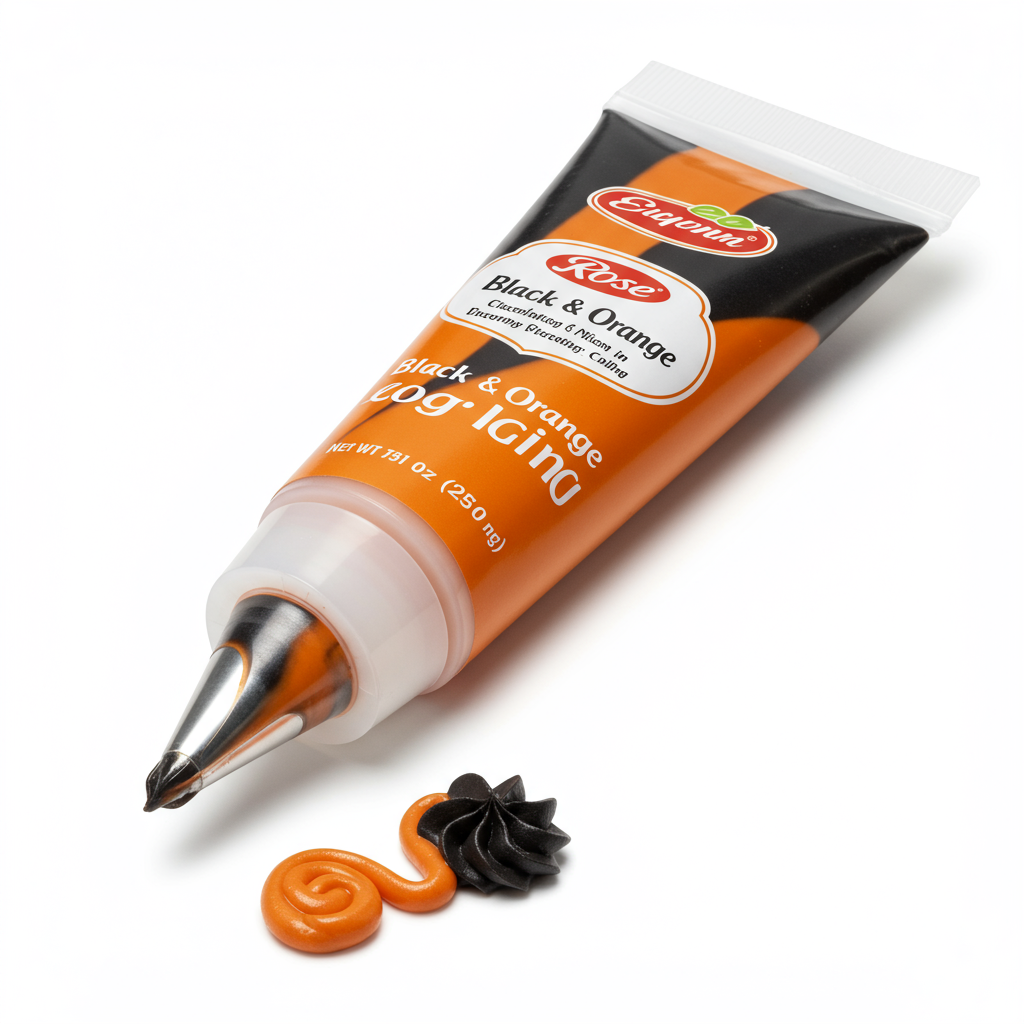
Black & Orange Decorating Icing

Black Decorating Icing

Blue Decorating Icing

Chocolate Decorating Icing

Decorating Icing
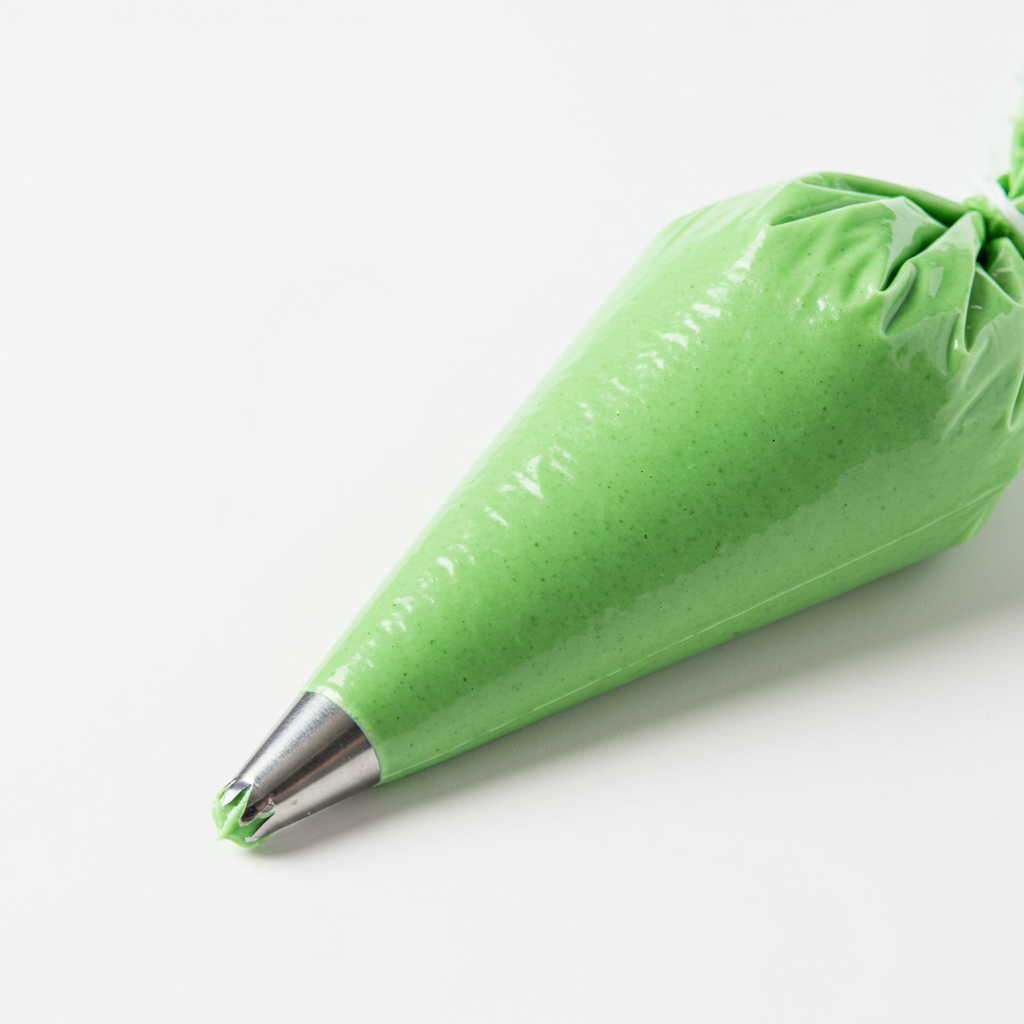
Green Decorating Icing

Pink Decorating Icing
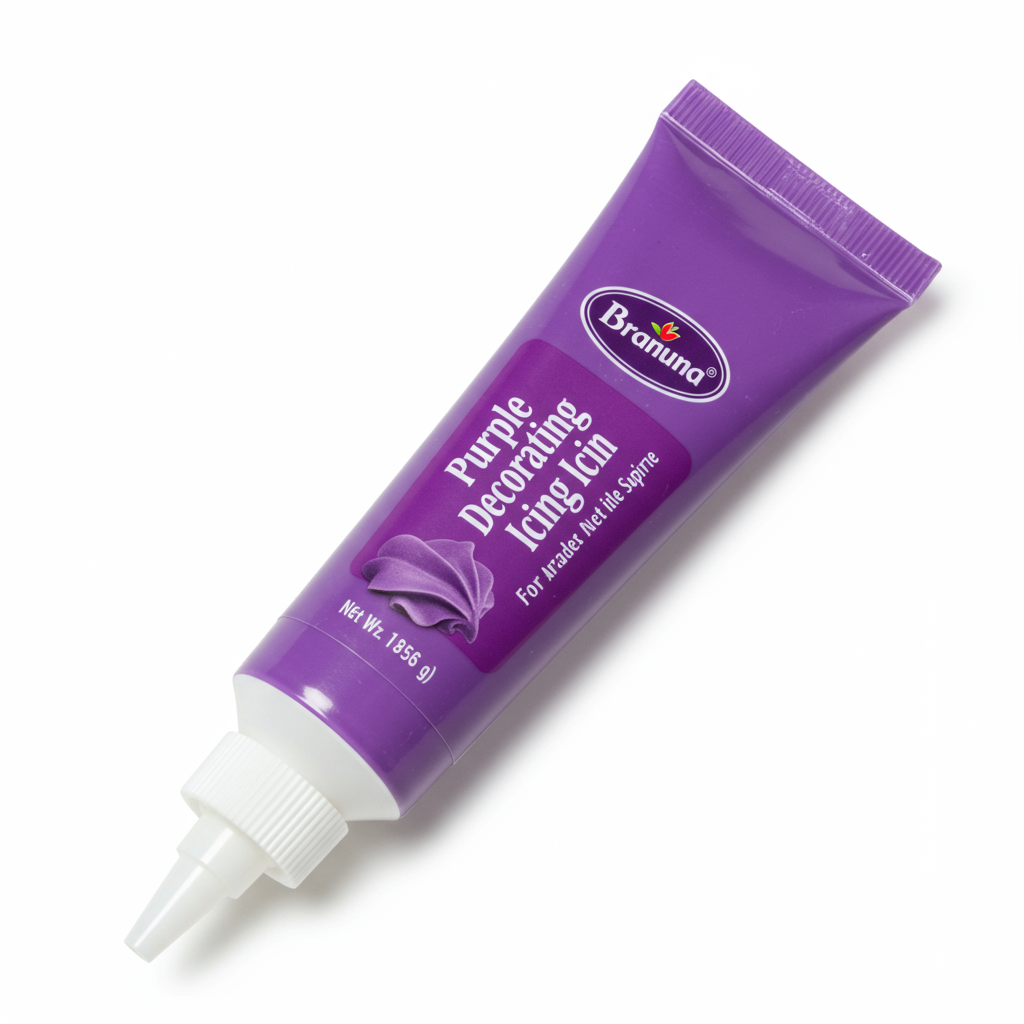
Purple Decorating Icing

Red Decorating Icing
See All
Health Info
Macros
Allowed on these diets
LOW FAT
HIGH CALCIUM
VEGETARIAN
KETO
MEDITERRANEAN
LOW CARB
VEGAN
LACTOSE FREE
GLUTEN FREE



